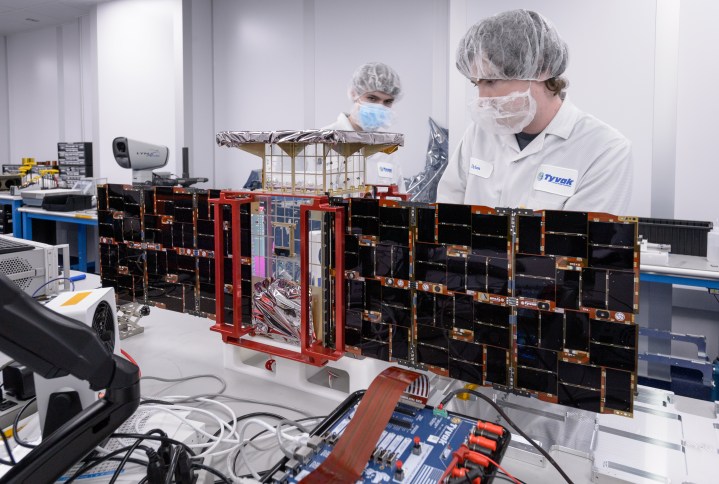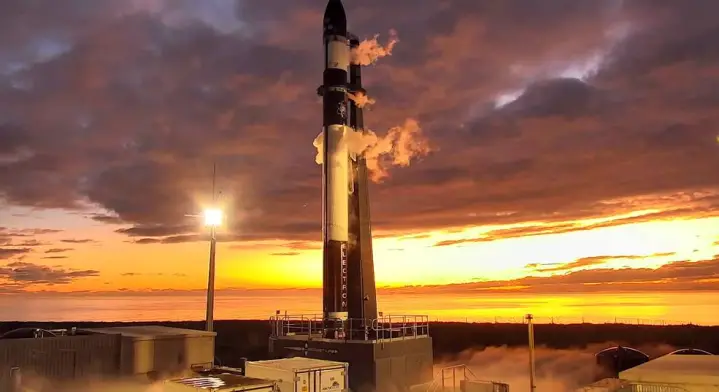Update Sunday June 26: NASA is standing down the launch for Monday “to allow Rocket Lab to perform final systems checks.” The next opportunity for launch is on Tuesday, May 28, but NASA has not confirmed whether the spacecraft will launch on that day or later in the launch window, which runs until July 27.
This Monday, NASA is launching a tiny satellite with a big mission. The CAPSTONE (Cislunar Autonomous Positioning System Technology Operations and Navigation Experiment) satellite will enter into a never-before-tried orbit around the moon which NASA wants to use for future lunar outposts.
The satellite is being launched by New Zealand-based company Rocket Lab, which will use one of its Electron rockets. The launch will be livestreamed, and we have the details on how to watch from home below.
What to expect from the launch

The CAPSTONE craft is a small satellite called a CubeSat which will is being launched as a test for NASA’s planned lunar Gateway. The idea is to send the little trail-blazing satellite into a particular orbit around the moon called a near rectilinear halo orbit. This complex orbit brings the satellite close to the moon at some times and far away at others over a seven-day cycle, as shown in this video posted by retired astronaut Chris Hadfield:
Moon orbits can look wonky, depending where you watch from. This is a Halo Orbit, used this weekend by @RocketLab's CAPSTONE https://t.co/vn3hJaAGaX. pic.twitter.com/YB92q73y2E
— Chris Hadfield (@Cmdr_Hadfield) June 25, 2022
This is the planned orbit for an eventual outpost orbiting the moon called Gateway, as it is a stable orbit that can be maintained using little power. However, this orbit has never been used before so the CAPSTONE satellite is being sent to test it out and check if it works in practice as well as it does in theory.
Following the launch of CAPSTONE, the rocket will release the satellite after six days. The satellite will then travel for four months before arriving at its orbit where it will spend six months collecting data. As well as testing out the orbit, it will also test out other technologies for future moon missions like communications with Earth and a new spacecraft-to-spacecraft navigation system.
How to watch the launch

The launch is scheduled for 6 a.m. ET (3 a.m. PT) on the morning of Monday, June 27, and will take place from Rocket Lab’s Launch Complex 1 in Mahia, New Zealand. The launch will be livestreamed by NASA, which you can watch either by using the video embedded at the top of this page or by heading to NASA’s YouTube channel.
Coverage begins one hour before the first launch opportunity, at 5 a.m. ET (2 a.m. PT). Once launched, you can follow CAPSTONE’s progress using NASA’s Eyes website which gives you an interactive view of current NASA missions.



